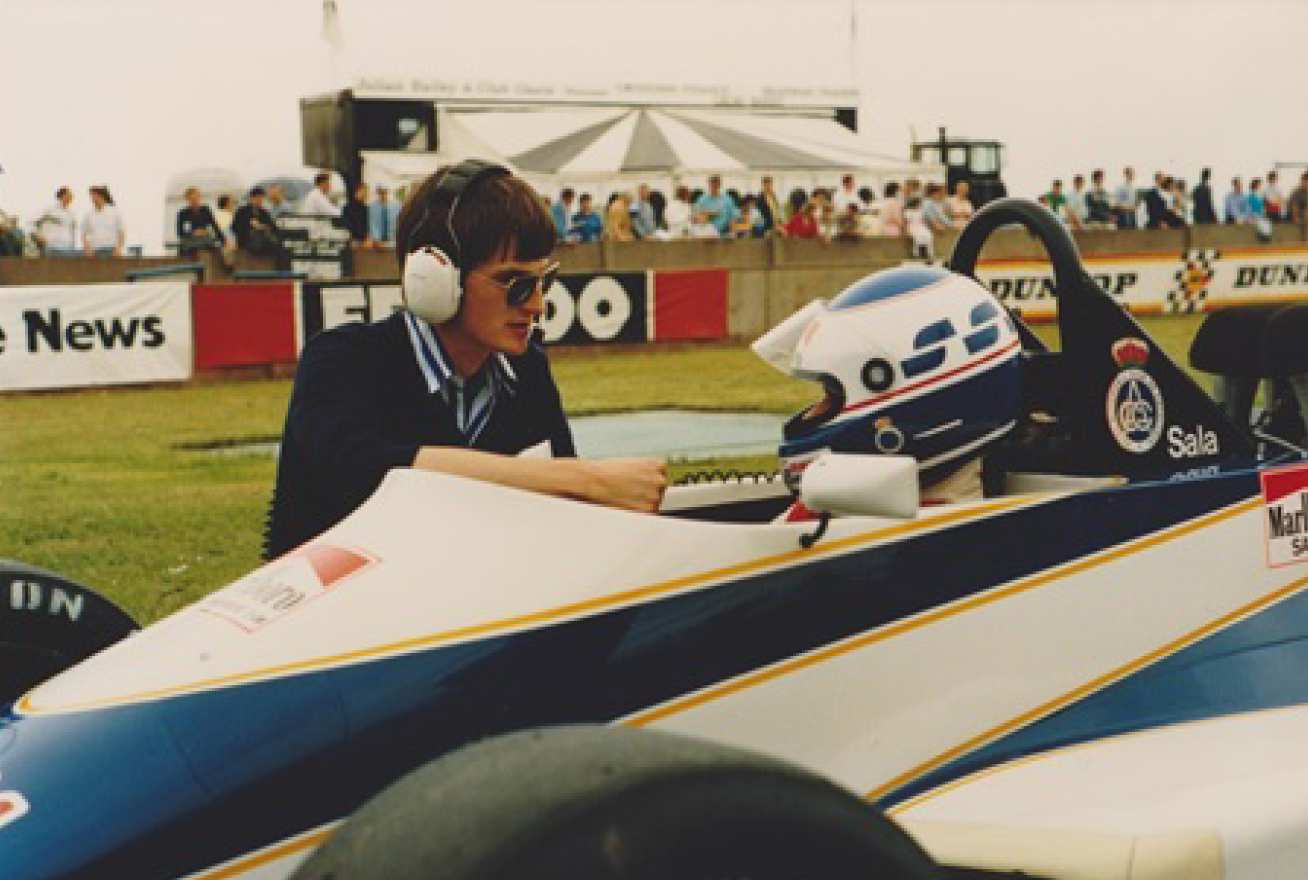After 33 years working for Formula One Mark Williams is now semi-retired and looks back on his long and fascinating career.
Can you tell us about your studies at Imperial?
Having done maths, further maths and physics at A level the first year was a breeze, which made me over confident for my second year. This resulted in some panic revision in the two months leading up to the exams when I realised how much I didn’t understand. Having learned my lesson, I kept the third year on track but had a lot of fun. I had a fantastic microprocessor control project that taught me a lot about electronics and assembly language programming. These were the days when building your own computer and programming it in Hex was cutting edge stuff.
What is your fondest memory of your time here?
Too many to list but this one always springs to mind: Carol singing in Downing Street as Margaret Thatcher arrived home. She shook everyone’s hand before disappearing into number 10 with a cheery wave. You couldn’t do that today.
Tell us a bit about the work you’re doing now.
Today I’m semi-retired but still consulting in motorsport engineering.
What jobs have you done since graduation?
I tried to continue my summer job experience at Team Ensign F1 but when this fell through I took a job with Ricardo Consulting Engineers in Shoreham, designing engine components. Working for such a professional consultancy turned out to be great training for a career in motorsport. You have to know what good looks like. Later, in my spare time, I started doing some freelance racing car design and engineering for Delta Cars, who were based nearby in Hove.
In 1983 I took up a position at Lola Cars in Huntingdon and stayed there for ten years, working on a range of projects from Formula Ford to IndyCar before heading up their F3000 programme for many years. After Lola, I spent some time in America experiencing the IndyCar scene first hand, race engineering for Kenny Bernstein and then Jerry Forsythe.
In 1996, I joined McLaren, first working alongside Gordon Murray on its BMW Super Touring Car programme before moving to the Formula 1 team in 1997. After many years running the technical side of the Test Team the highlight of my trackside role was engineering Mika Hakkinen to his final Formula 1 victory at Indianapolis in 2001.
The following year, I worked as a chief engineer under the technical direction of Adrian Newey, and then became head of vehicle performance in 2007. From 2011, I dovetailed my Formula 1 responsibilities with establishing McLaren’s now burgeoning GT3 sports car programme.
After 33 years in the business and 17 at the sharp end of Formula 1 I have chosen to semi-retire.

How has what you learnt at Imperial helped you in your career so far?
The problem is you soon forget what you learned. But knowing that you did it once gives you the confidence to do it again if necessary. Or better still find someone younger and smarter to do it.
What have been your career highlights?
Creating any race car from scratch has to be a highlight and the F3000 programme gave me the chance to do that. In those days development was relentless and inter manufacturer competition fierce. A far cry from the ‘spec’ formula of today’s junior formula.
What are your plans for the future?
Having been in a 24/7 job for so long I’m going to spend some time with my family and finish that boat I’ve been building for the last 12 years,
What would be your advice for current students?
Get out a lot, experience as much as you can and be an interesting person. Learn the art of conciliation, it goes a long way to solving problems.
What’s the most difficult decision you’ve ever had to make?
Turning down a job offer from McLaren while I was working at Lola.
What are you most proud of in your life?
My daughter
Do you have a favourite quote or saying?
“When you are winning you only learn how to smile”.